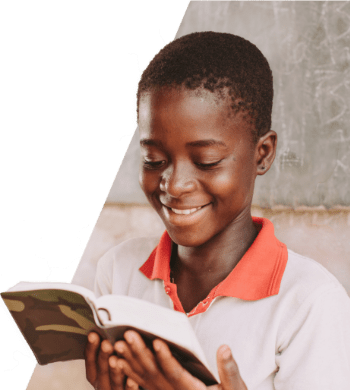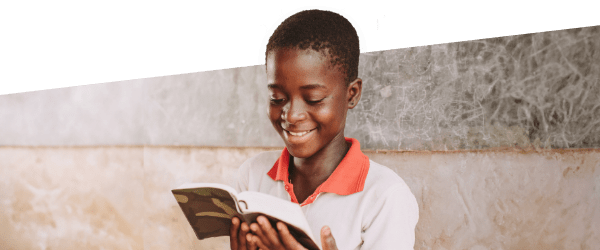What happens inside a classroom can change a child’s life forever. Education means children gain skills, knowledge and contacts to break free from poverty and build a bright future. When you think about it, education is humanity’s greatest renewable resource.
But there are 250 million children who won’t be going to school this morning — or any morning.
Even though education was declared a human right in 1948, hundreds of millions of children continue to miss out.
We work alongside our church partners around the world to give millions of children access to life-changing education. This means ensuring children have the uniforms, equipment and fees they need to attend primary school. They also receive extra help with their studies at their local Compassion church project.
We’ve love you to join us as we take a quick tour of classrooms across the world. How many similarities can you spot?
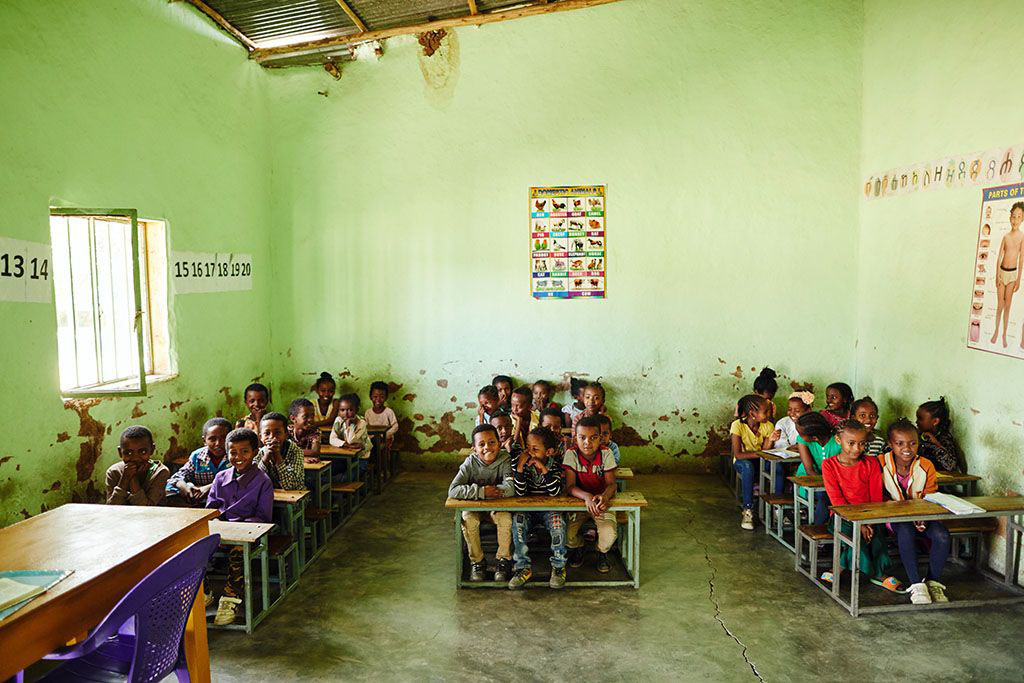
Around 13 million children in Ethiopia aren’t in school for many reasons. Some face discrimination because of their gender, others are affected by droughts that lead to food shortages, and many must help their families make ends meet. But look at these little ones — so eager to learn!
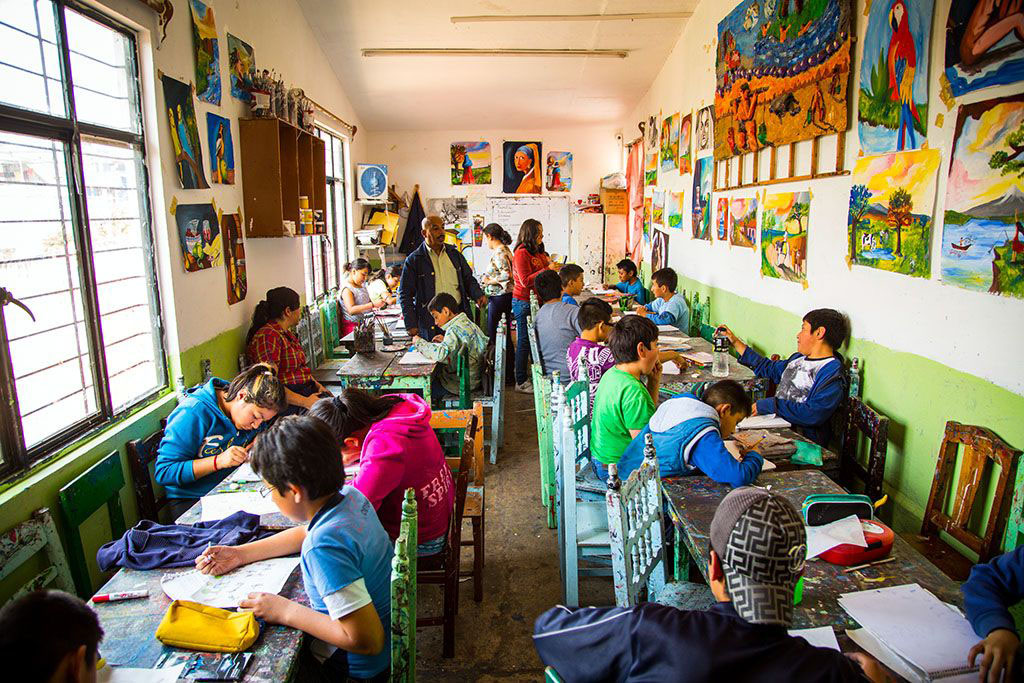
Education is compulsory for all children in Mexico until they’re 17, but there are still many, particularly those in remote communities, who struggle to take part.
Here you can see children who are sponsored enjoying a broad curriculum, as they explore their artistic side at their Compassion project.
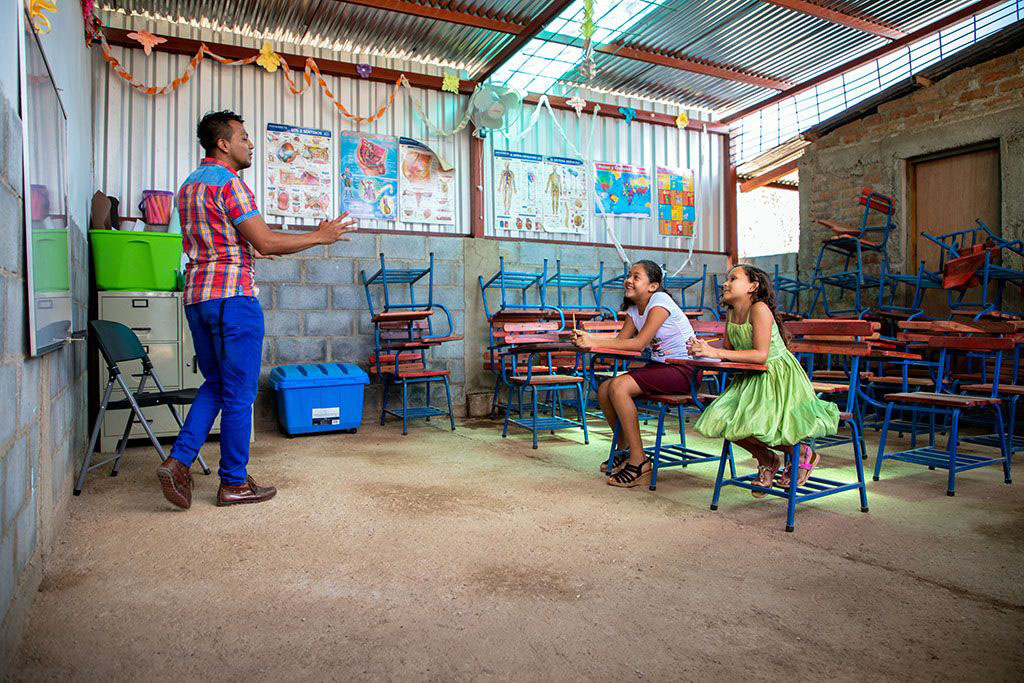
Education is free in Nicaragua, however, the cost of equipment and limited transport can make it difficult for children in rural areas to get to school. Our church partners find innovative ways to get children to school and support their learning at the Compassion project.
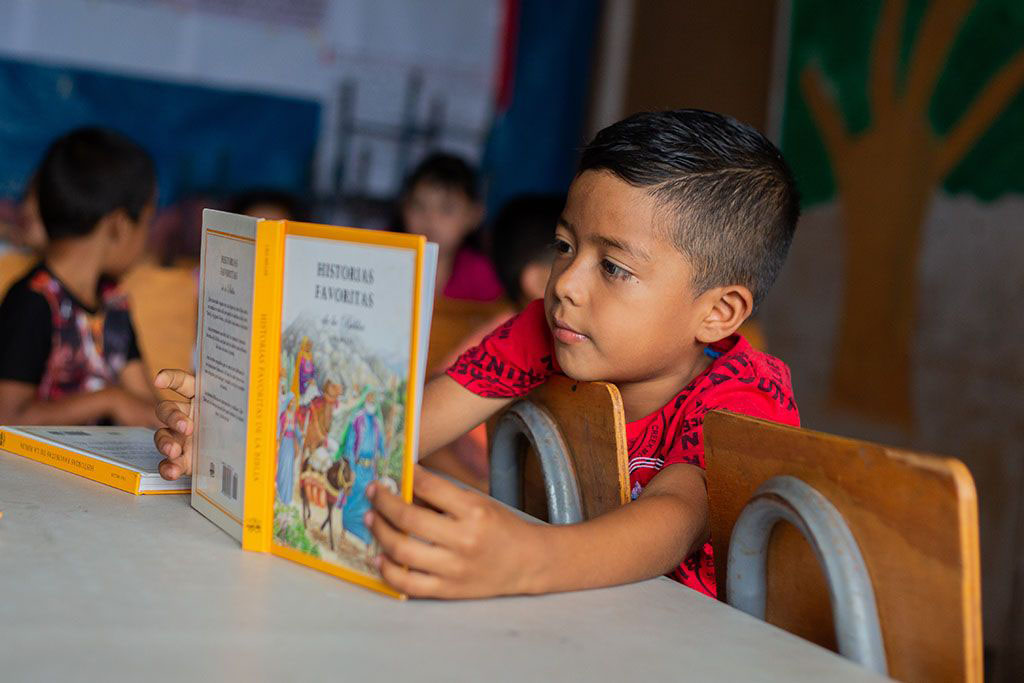
Around 617 million young people across the world can’t read or do basic maths. So, our church partners help children to develop a love of learning. As you can see here, this young man in Honduras is getting a great start.
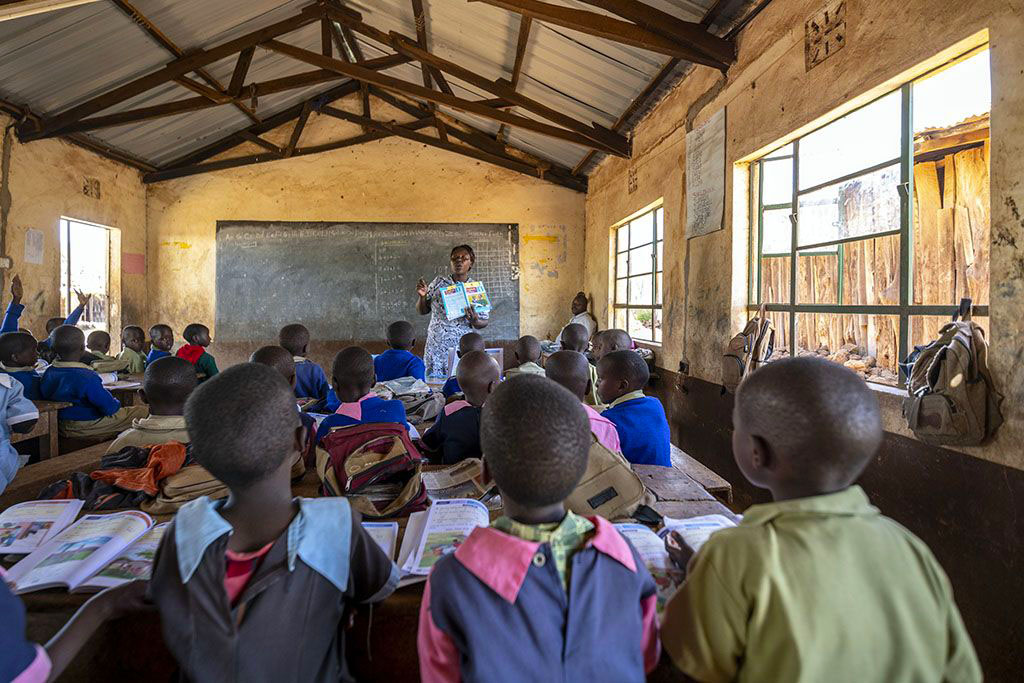
Even in countries where there’s a good school system, there can still be considerable inequality. Children in wealthier households often receive more support with their learning because parents have the confidence and capabilities to ask for the right support. Our church partners are working to bridge this gap. As you can see from this photo Kenya, children are given every opportunity to learn.
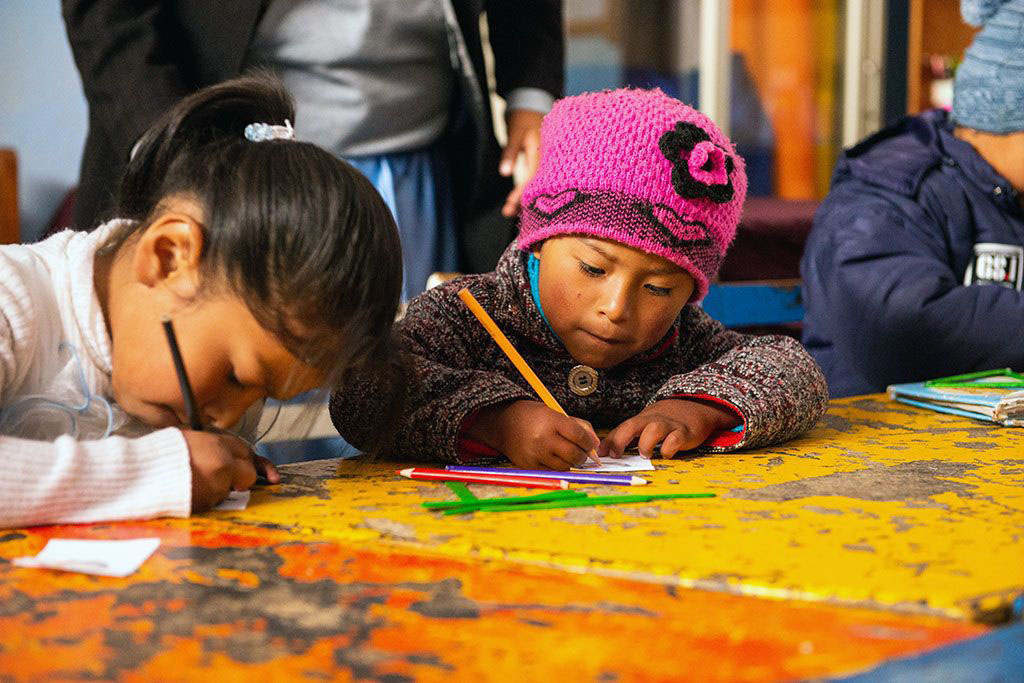
Writing practice takes concentration! If you’d like to sponsor another child like this girl in Bolivia, you can help them get an education and a route out of poverty. Our church partners often encourage children to practice their literacy skills by writing to their sponsors.
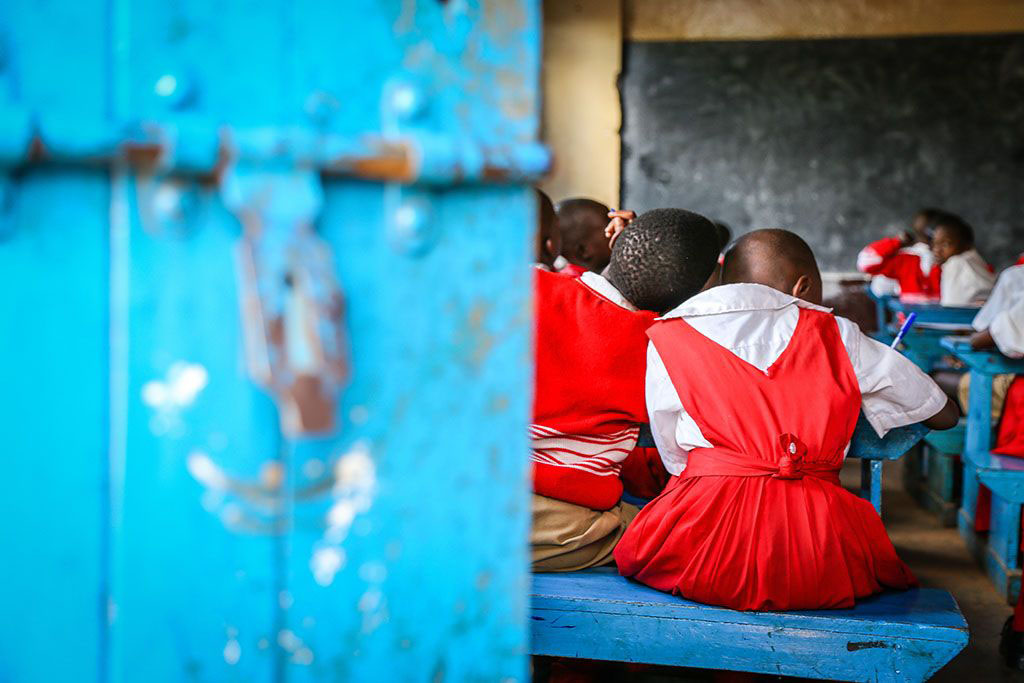
In sub-Saharan Africa, getting girls into education is crucial to their future. But 40% of girls drop out of secondary school before they’re even halfway through. Our church partners are helping girls stay in school by providing enough practical support, and by emphasising the long-term advantages of education for girls, which will go on to benefit the whole family.
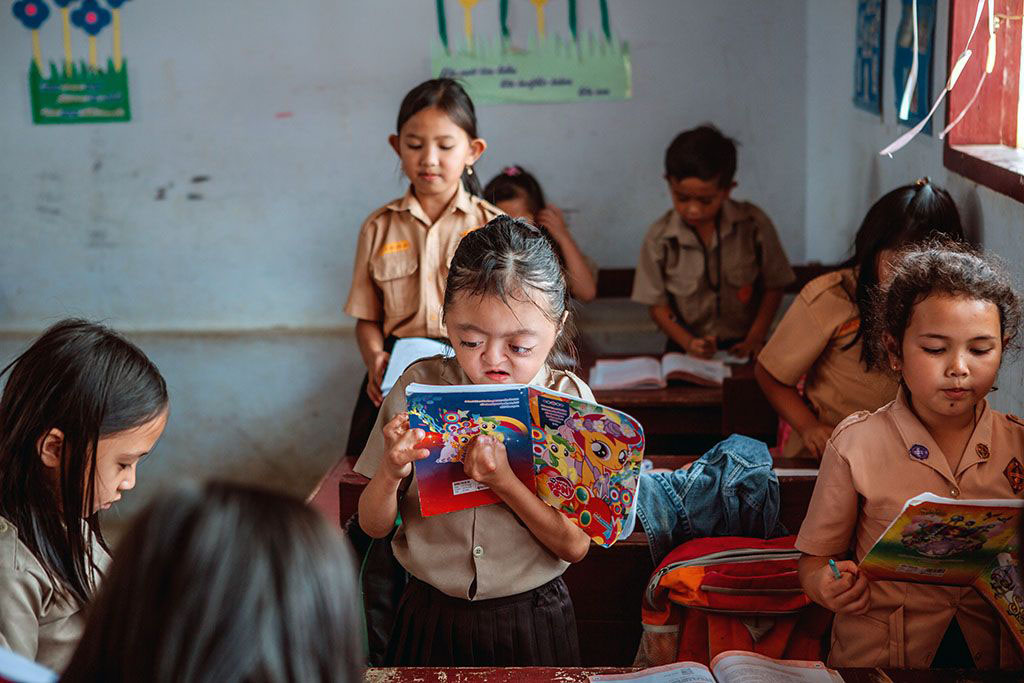
Children with special needs face additional challenges when it comes to getting an education. In Indonesia, almost 30% of children with disabilities don’t go to school at all. Thanks to support from Compassion, Karunia, who was born with Apert Syndrome, loves learning and playing with the friends she has made at school in Indonesia.
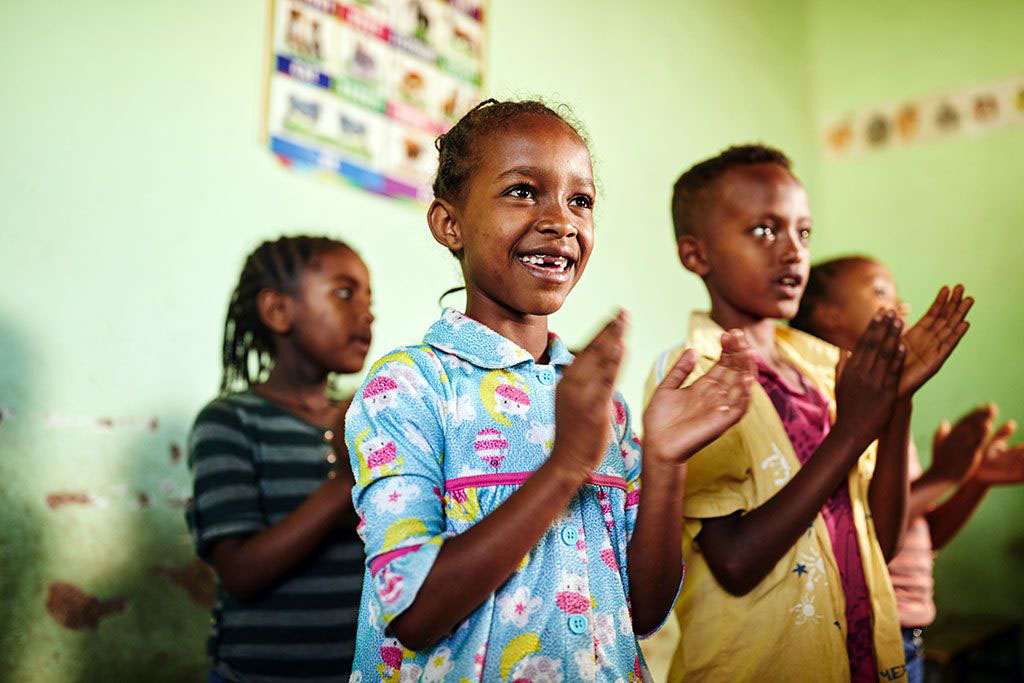
Education is about so much more than gaining qualifications and learning facts. Here you can see children in Ethiopia thriving as they enjoy a music class with their friends.

Children in rural areas of El Salvador find it harder to get a good education, and only 50% of young people are in secondary school. Through Compassion projects, young people gain skills in literacy, numeracy and IT to help them find work when they are older.
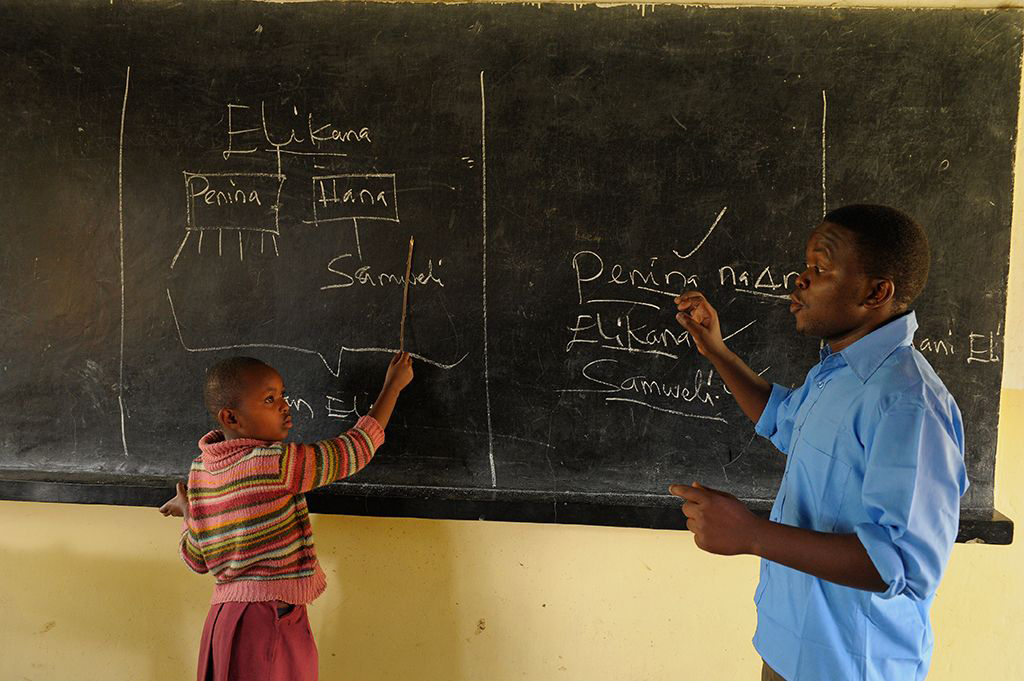
This girl in Tanzania is enjoying the opportunity to learn. Yet it’s estimated that around 27 million children in areas impacted by conflict, are not able to go to school at all.

Natural disasters can disrupt education. In Haiti 85% of schools were destroyed when an earthquake struck in 2010. The nation then faced further disruption when Hurricane Mitch hit in 2016 and are facing considerable challenges currently with ongoing gang violence. To make sure children don’t miss out, Compassion has been building earthquake-proof schools, like the one in the photo above, and finding ways to come alongside children and youth when more than 1,000 teachers lost their lives, destroyed 85% of the schools in affected areas and disrupted studies for approximately 2.9 million children.
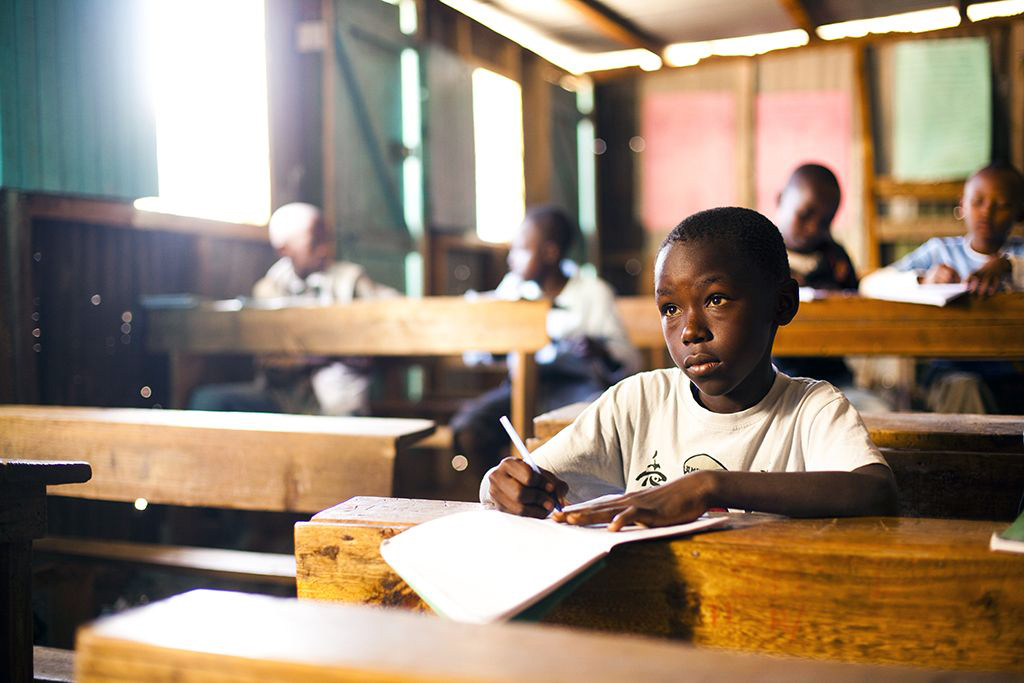
Many children miss out on education because they have to work to support their families. In Kenya, around 8.5% of children have to work, but this can increase to 30% in the most rural. Compassion project staff work with individual children to nurture their hopes and dreams.
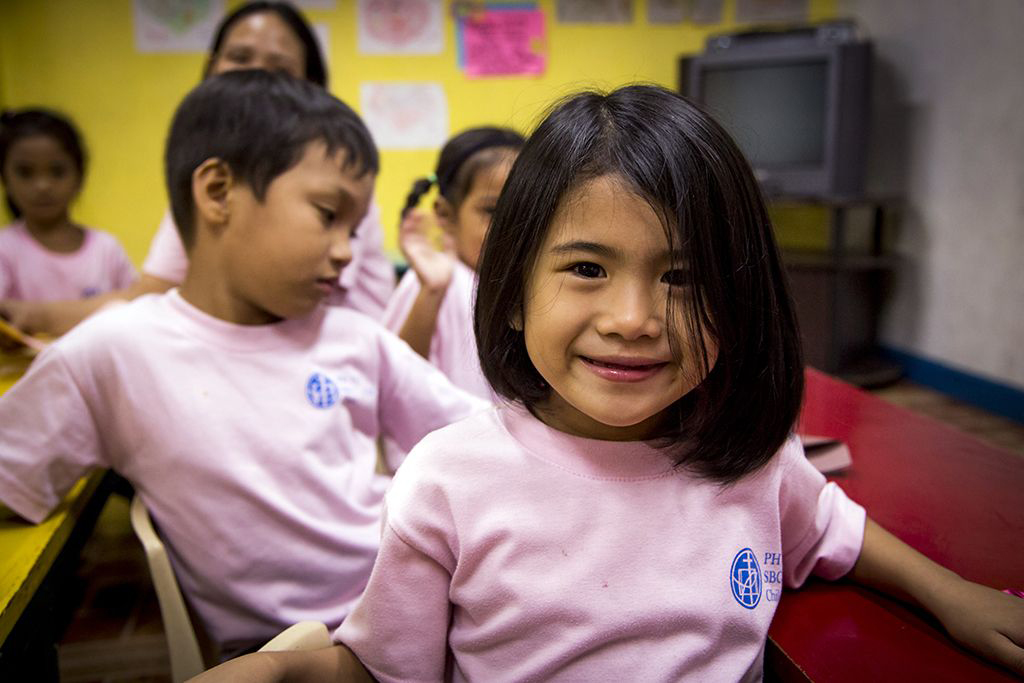
Every day, 95 children in the Philippines die from malnutrition. Children who are hungry also struggle to focus and learn in school. Our church partners make sure that the children attending Compassion projects have enough to eat so they can thrive in every area of their life.

School can be an exciting place for children in Thailand. Many children don’t have access to books, computers or other learning resources at home – so school opens up a world of new opportunities, not to mention moments of fun and friendship.
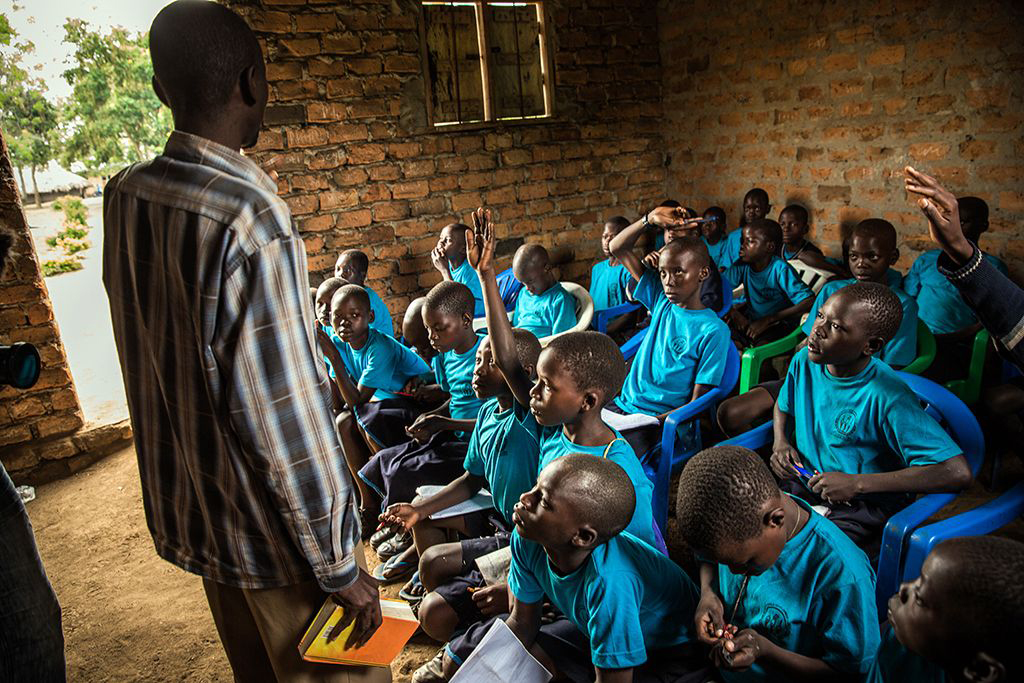
The learning taking place in this classroom in Uganda will open doors for these children. Equipped with skills, knowledge and determination – they can build a future free from poverty.
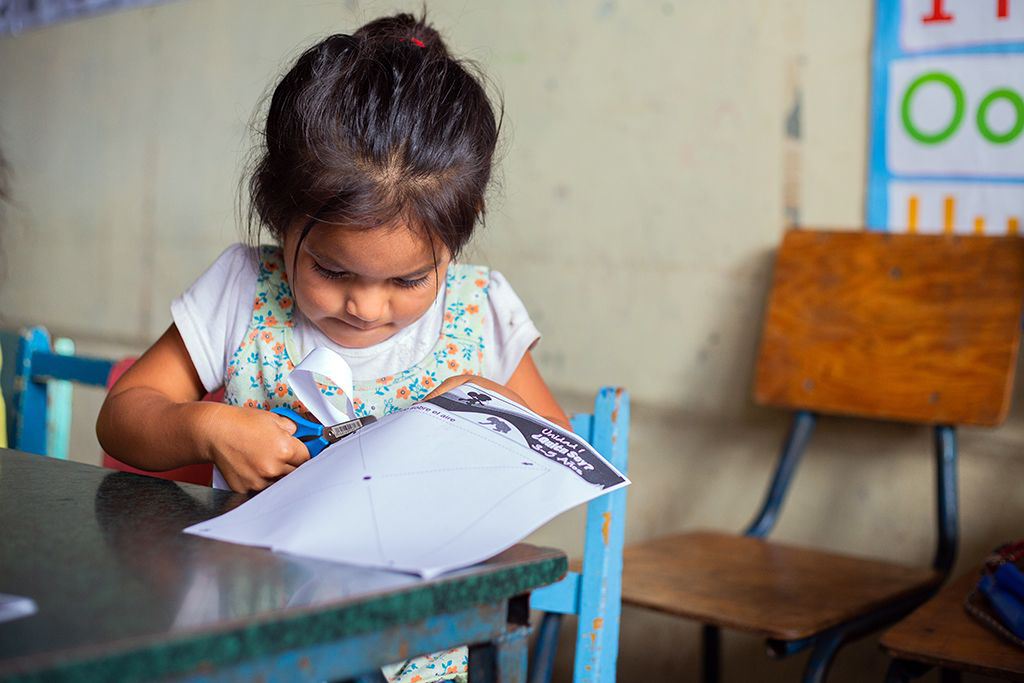
Each additional year a girl spends in school can also boost her earnings as an adult by up to 20 per cent. This young girl in Honduras is developing her fine motor skills and hand-eye coordination as she learns to use scissors.

In Ethiopia, 76% of primary schools doesn’t have electricity. That doesn’t dampen the enthusiasm though! These young boys are learning about electrical circuits so they are well equipped for the future.

In the Dominican Republic, children need to show their birth certificate in order to attend Secondary school. But children from poorer or more remote communities don’t have the right documentation, so they have to miss out. Children require birth certificates to access secondary school, which can limit admission and mean some children are unable to continue their education. Our church partners are working hard to ensure children, like Bedarlin in the photo above, can continue learning. Bedarlin completed her college degree with the support of her local church and continues to inspire younger children at the project.
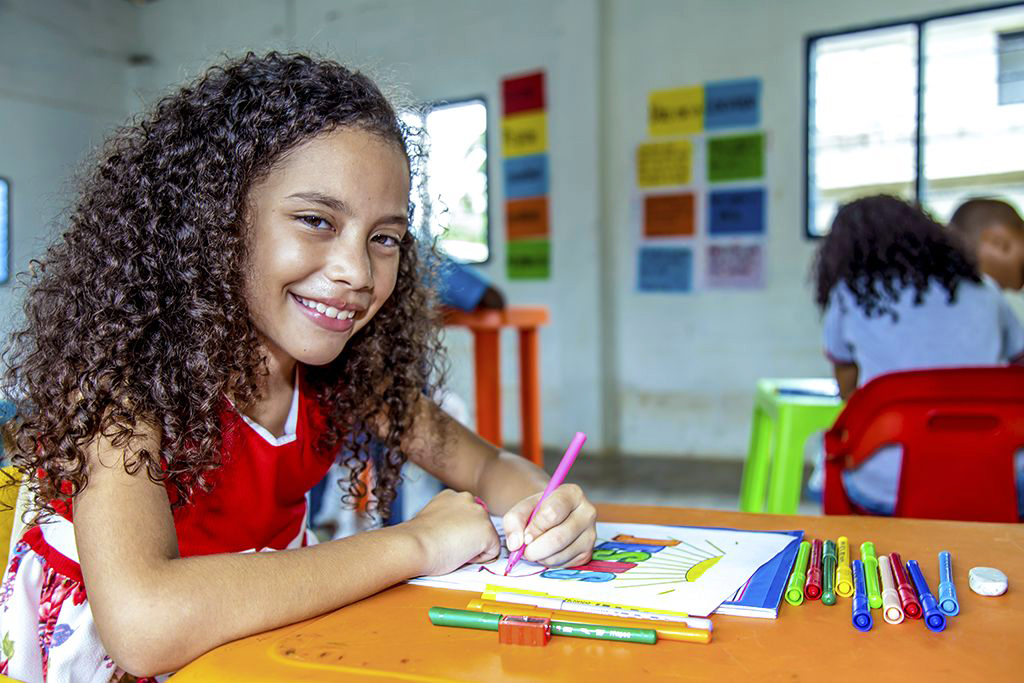
In Colombia, children attend school in the mornings and Compassion programmes in the afternoon. This means they have somewhere safe to go when their parents are at work, and have every opportunity to grow and learn.
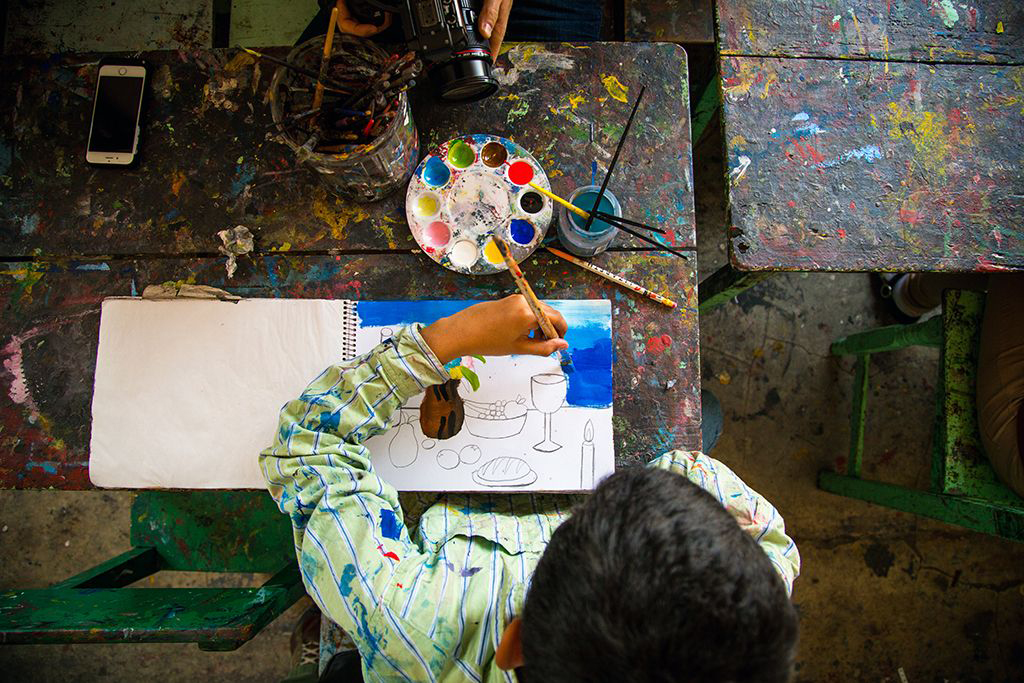
Creativity is a key part of learning—as this young boy in Mexico shows. It can be especially useful as therapy for children who are coping with trauma, pain or disruption to their lives.
If you’ve been inspired to support a child’s education and help to change their future, you can sponsor a child with Compassion.

